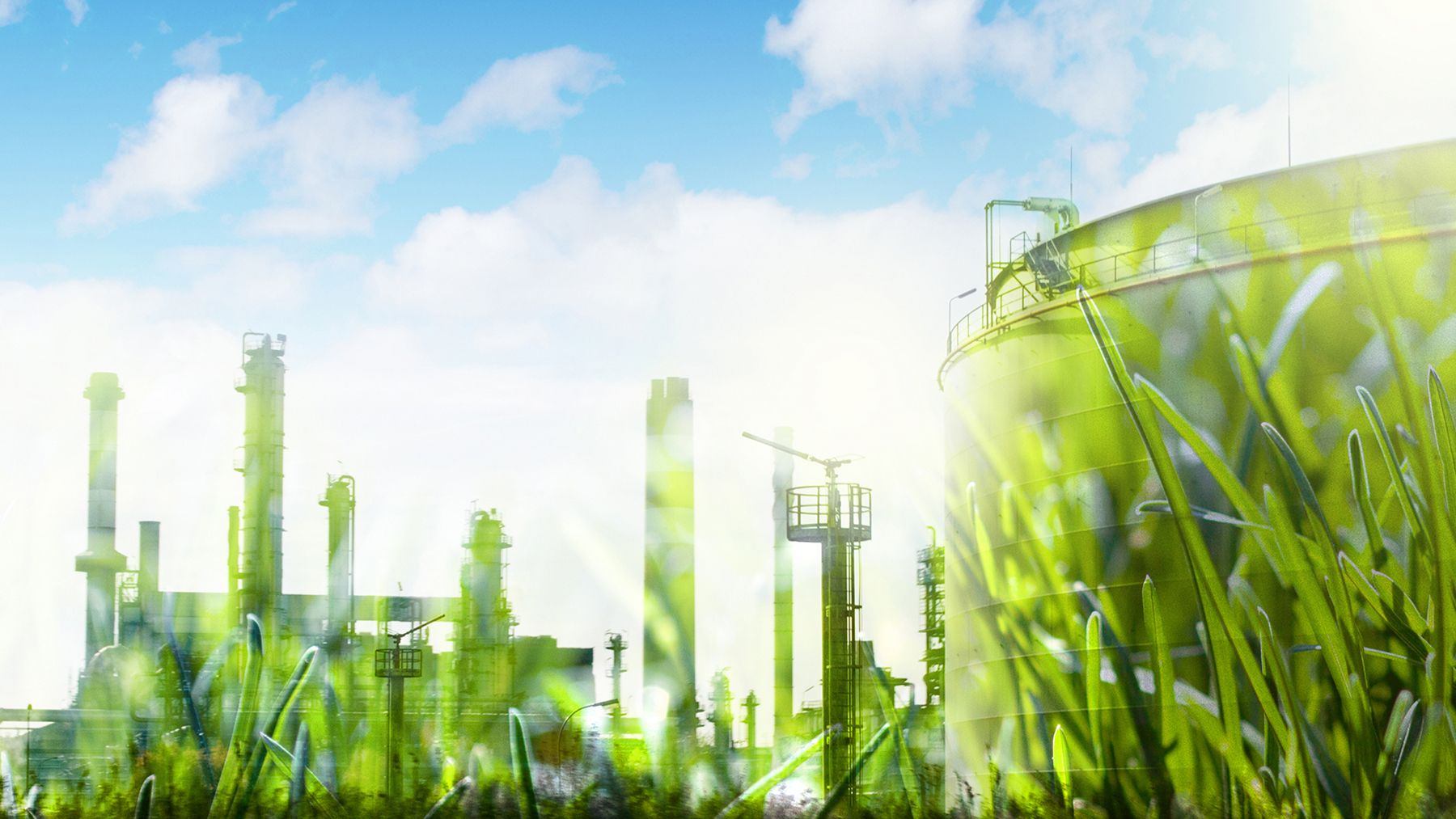Synthetic natural gas (SNG) serves as a substitute for natural gas and is suitable for transmission in natural gas pipelines. The objective by the EU is to produce 35 bcm per year by 2030.
Products and Markets

Syngas - a mixture of hydrogen and carbon monoxide- is an existing platform chemical for numerous products, ranging from fuels to chemical components. These products are produced from syngas mainly through catalytic conversion processes. The tar and nitrogen free biosyngas produced by the patented Torrgas technology paves the way for the production of sustainable chemicals and fuels, which can directly be applied in the existing infrastructure.
Gas Market
bioLNG is a key renewable transport fuel for the future espcially for long haul transportation and shipping.
In 2021, the Natural & bio Gas Vehicle Association (NGVA) Europe forecasted that the amount of LNG trucks in Europe will grow from 12,000 in 2020 to 280,000 trucks in 2030. The bioLNG consumption will expectedly increase to 2.8 Mton per year.
CNG is compressed natural gas which is suitable for the transport market. The European Commission estimates that 11 bcm of renewable gas will be distributed as transport fuel (bioCNG and bioLNG), which represents 40% of the overall fleet consumption in 2030.
Transport Market
Methanol is a highly versatile chemical and biofuel that is widely used for industrial purposes and prevalent in everyday life. The efficiency of methanol as an energy carrier has made it increasingly wanted as a sustainable substitute for bunker fuels in the shipping industry. TNO 2019 estimates a bio methanol consumption in shipping industry between 45 and 65 Mtons per year.
Production of sustainable airline fuels (SAF) could benefit enormously from the availability of a scalable production route for biosyngas. The European Union has proposed SAF blending mandate for european airports which would lead to a SAF requirement of 2.3 Mtons per year by 2030.
DME: Methanol is an important feedstock for the production of Di-Methyl-Ether(DME) a renewable substitute for LPG. The global production of DME is growing mainly, because of a higher demand from fuel replacement. Between 2022 and 2028 it will grow to reach approximately 16 million tons by 2028. Currently (2021) the global production is 9 million tons.
Renewable hydrogen can play an important role to achieve a climate neutral global economy. Its production through biomass gasification is one of the green options available. The European Union has set a target of having 20 Mton per year of green hydrogen by 2030.
Chemical Market
Ammonia is a precursor for fertilizer production and needs hydrogen and nitrogen as feedstock. Torrgas can supply green hydrogen from biomass. The global ammonia market is 150 Mton per year.
Methanol is a highly versatile chemical and biofuel that is widely used for industrial purposes and prevalent in everyday life. Methanol is a base chemical for olefins, formaldehyde and acetic acid that form the basis for a wide variety of our daily used products like foams and plastics. In 2021 the methanol to olefins market equals 33.5 Mton per year, the formaldehyde market 25 Mton per year and acetic acid 8 Mton per year.
Olefins, a key base chemical for plastic production, can be produced from methanol and oil products. Replacing the fossil oil or methanol by a sustainable alternative will have a significant impact on the reduction of the greenhouse gas emissions . The olefin market for ethylene equals 214 Mton and propelyne market 133 Mton per year in 2021.
Power Market
The produced syngas by the Torrgas technology can also directly be applied for the production of heat. The main market envisaged is the industry requiring high temperature steam.
The produced syngas by the Torrgas technology can also directly be applied for the production of power (and heat). The syngas is then applied in a gas turbine or gas engine.
By-products
A byproduct of the Torrgas technology is biochar. This biochar is a highly value added product which can be applied as fertilizer, adsorbent in water and flue gas cleaning or an additive in composites. The biochar market is rapidly growing. For the fertilizer industry only the demand is expected to grow from 400 kton to 800 kton per year (2021-2028) (or as an additive).
Depending on the final downstream process (read: product) an excess of steam may be produced. This green steam is available for industrial heating or processes.
The CO2 produced from the overall process is short cyclic and therefore green. This CO2 has a high purity and can for instance be applied in food, fire extinguishers and as cooling medium.

